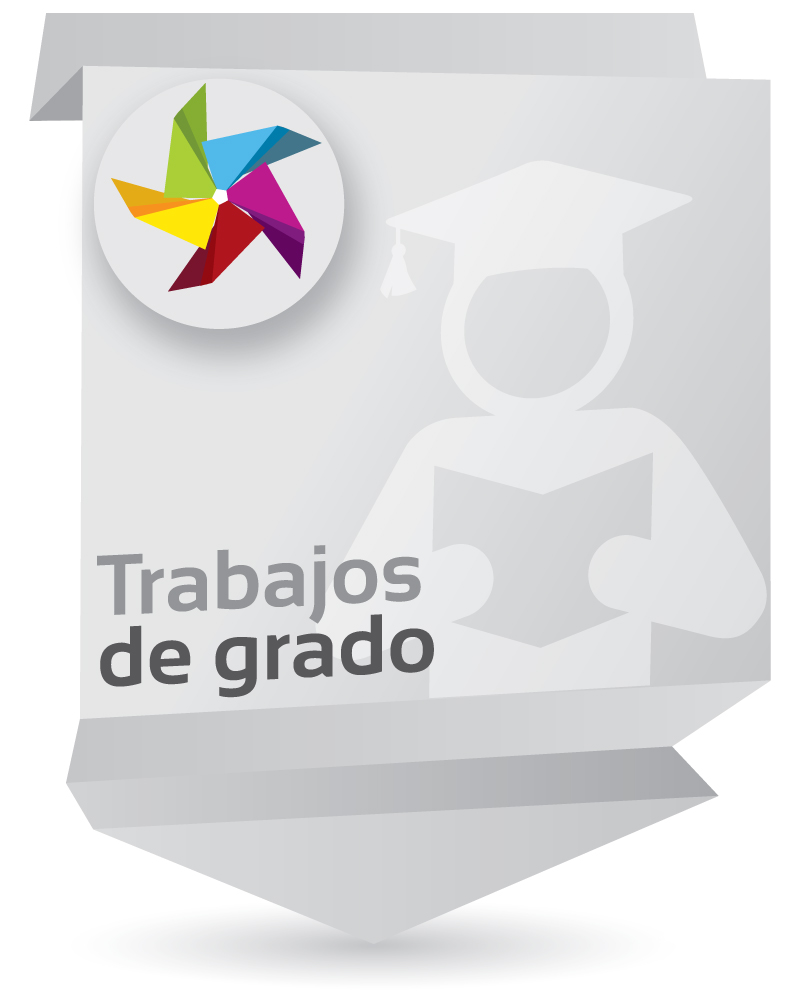Creating connections: the impact of self-assessment strategies and technology in speaking accuracy
Enlaces del Item
URI: http://hdl.handle.net/10818/34462Compartir
Estadísticas
Ver Estadísticas de usoMétricas
Catalogación bibliográfica
Mostrar el registro completo del ítemAutor/es
Parra Suarez, Fredy GuillermoAsesor/es
Morales Pulido, VirginiaFecha
2018-10-12Resumen
Previous studies on technological devices in language improvement have indicated that audio and video features can be useful for oral production improvement. However, little attention has been paid to the self-assessment process that students can do through audio recording and its impact on spoken accuracy. The overall aim of this study was to identify the use of selfassessment strategies and two web 2.0 tools in language accuracy in a group of thirty-nine A2 level students at a public school in Bogota. The data collection process involved participant voice recordings, self-assessment checklists and logs and teacher field notes. After the data analysis and triangulation, there was evidence that students were able to self-monitor their language production, producing richer and more complex utterances. Additionally, computerbased tasks provided students with the opportunity to use and improve their speaking skills outside the classroom. The use of self-assessment strategies within the EFL classrooms represents a big chance to change the dynamics of language learning and teaching. Technology (web 2.0 tools) served as the vehicle for language learning. Consequently, this study evidenced a close relationship between self-assessment strategies and spoken accuracy. The pedagogical implication of this study offers teachers and researchers an opportunity to explore the use of technology and self-assessment as a trigger of language development in the EFL classrooms.













![pdf [PDF]](/themes/unisabana//images/mimes/pdf.png) Ver documento en PDF (5.376Mb)
Ver documento en PDF (5.376Mb)




